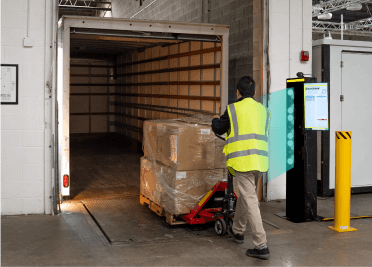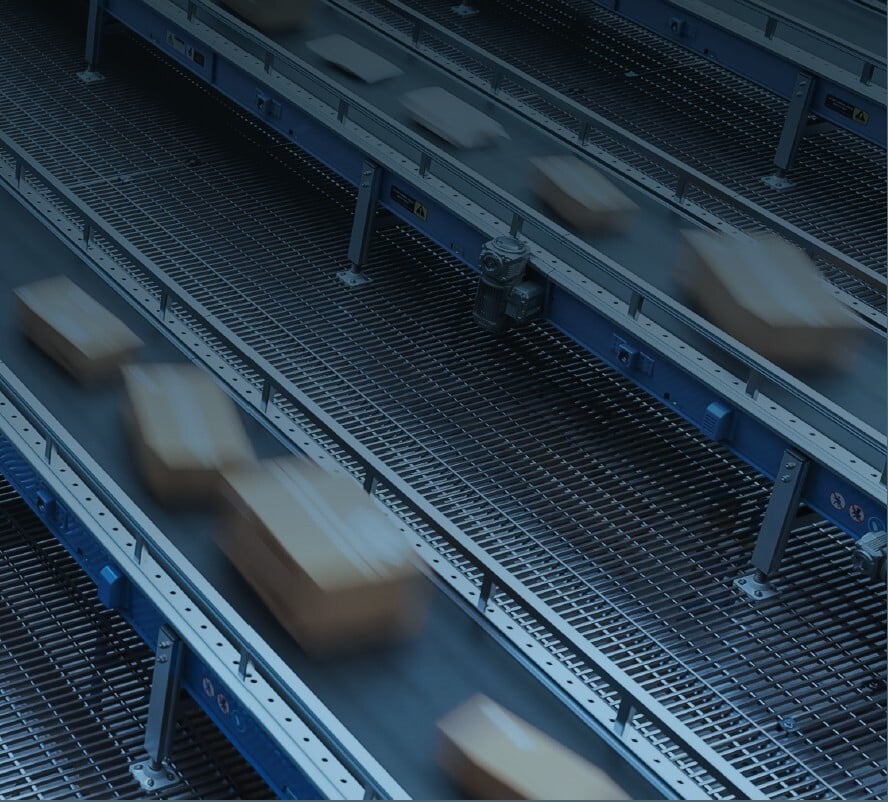Today’s omnichannel marketplace has raised consumer demands and expectations higher than ever. The roles of supply chain organizations are changing. Many manufacturers and third-party logistics (3PL) partners are having to adapt fulfillment models to accommodate the shrinking retail space and consumer demand for more personalized products, which is causing SKU counts to multiply far beyond the level that many retailers and their industry partners could forecast a few years ago. Retailers are also becoming more reliant on manufacturing and 3PL partners to help process orders and returns, which is a workflow that many are still trying to define.
However, to successfully serve the demands of today’s customers, collective operations need to be more flexible, agile, and capable of sharing data in real time. In other words, these unprecedented collaborations require smart technology solutions that can provide greater transparency and connectivity throughout the entire supply chain operation. Increasing utilization of mobile, RFID, barcoding and printing solutions – as well as more advanced Internet of Things (IoT) and blockchain systems – can empower all parties to satisfy customer demands in the optimum (i.e. the most efficient and most cost-efficient) way. It is also necessary to improve internal visibility between distribution centers and selling channels, which is essential to attaining a higher level of inventory accuracy.
Respondents to Zebra’s recent Future of Fulfillment Vision Study estimate their current inventories are only 66 percent accurate. This needs to improve greatly to survive in the e-fulfillment age.
The best way to improve collective inventory planning and management – and prevent out of stocks and/or overstocks – is to ensure your partners are taking steps to improve visibility into their individual operations. Your supply chain forecasting is based on data aggregated from partners. Therefore, your ability to improve inventory accuracy rates are inherently influenced by your entire supply chain’s inventory reporting. If you or your partners flow outdated or “best guess” inventory counts into your shared planning systems, then you risk further shortages or overages. The former leads to costly fulfillment and customer satisfaction issues. The latter also impacts your bottom line as you now need to find a way to move the inventory – and store it in the meantime. It also makes it challenging to automate order processing.
So, how can the supply chain industry best manage inventory to improve accuracy?
Strategic Investment in Digital Technology Designed for Supply Chain Applications
To ensure each of the separate entities in the supply chain are equipped to operate efficiently and effectively, it’s critical that the right technology is implemented.
RFID solutions are especially effective in tracking high-volume inventory in large warehouses. They offer real-time, item-level inventory lookup capabilities, which reduces out of stocks or overstocks. They also enable continuous inventory and cycle counting, which increases speed, accuracy and efficiency and directly influences accurate inventory planning.
Equipping front-line workers with wearable enterprise mobile computers, mobile computers and rugged scanners can also be highly beneficial. These handheld and hands-free solutions empower workers to immediately update inventory to give real-time status, whether adding stock during put-away or replenishment or subtracting stock during picking.
Mobile or stationary barcode printers and the right labeling supplies for your goods or environment give you visibility into every asset in your supply chain. Barcoding, whether 1D or 2D, and the use of global data capture standards will help all parties “speak a common language” and allow for easy identification of goods amid all changes in the chain of custody. This also supports frictionless information sharing without complicated conversion exercises and enables the use of IoT to track and trace goods, packages and pallets in transit, production or distribution.
Together, these technology solutions make inventory more accurate and make it easier to fulfill online or in-store orders, no matter where the inventory is located. For example, omnichannel supply chains that want to improve inventory accuracy may activate physical brick-and-mortar stores as ancillary fulfillment centers. This decreases the shipping distance and gets inventory closer to the final destination. It’s also becoming more common for manufacturers to ship directly to the end-user, speeding up order fulfillment by bypassing retail altogether. With more inventory being delivered directly to the consumer, it’s critical to have complete visibility of inventory in transit to ensure items arrive on time and in good condition.
The level of real-time inventory visibility and actionable data provided by well-designed, optimized digital technology solutions enable every link in the supply chain—from retailers to manufacturers and logistics providers—to collaborate seamlessly and have the agility necessary to keep up with the growing consumer demand.
To learn more and get started, contact us now to request a consultation with an AbeTech Solution Expert.
#ZebraPartner










